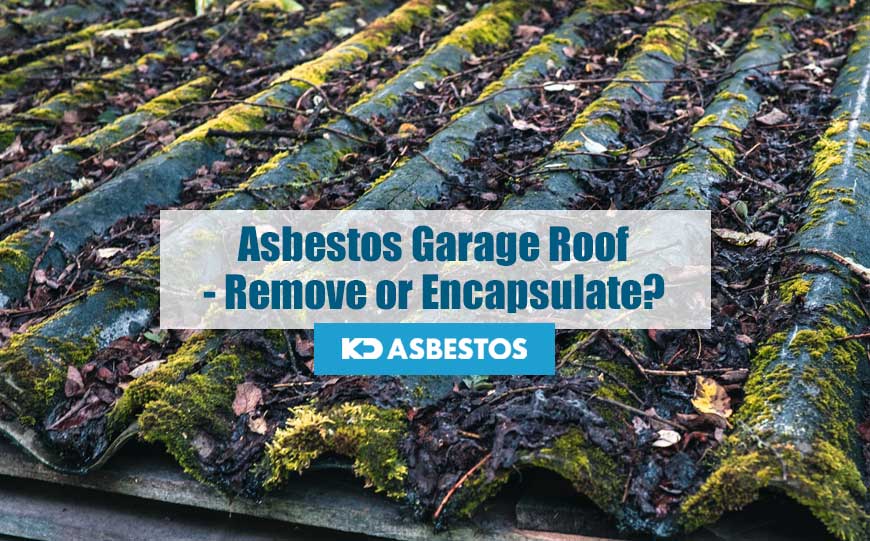
Asbestos was often used for roofing materials due to a number of advantageous properties.
In fact, asbestos cement was ideal as it has very good weatherproofing properties, and it is also fireproof and great for insulation.
Prior to the year 2000, white asbestos was commonly used to manufacture roofing sheets and roofing products.
So if your garage roof dates back prior to that, there’s a strong possibility that it may contain asbestos.
Table of Contents
What is Asbestos?
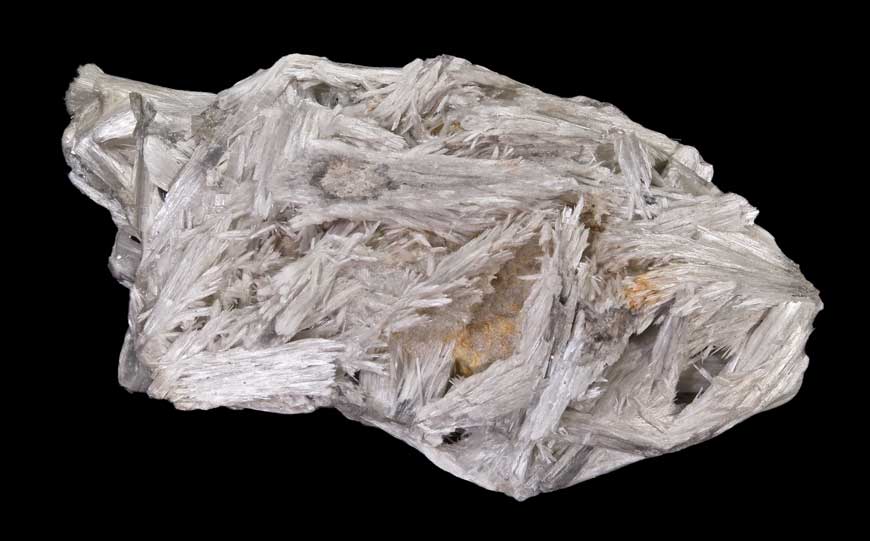
Image source: https://upload.wikimedia.org/wikipedia/commons/b/b9/Tremolite_Campolungo.jpg
Asbestos is a naturally occurring mineral.
It is made up of soft fibres which are highly resistant to heat, chemicals and corrosion.
These microscopic fibres are incredibly strong, yet invisible to the naked eye.
There are six main types of asbestos, including chrysotile, tremolite, crocidolite, amosite, anthophyllite and actinolite.
Nowadays, the health risks associated with asbestos exposure are widely known.
As a property owner, it’s important that you’re aware of these risks to be careful should any part of your premises have any asbestos containing materials present.
While asbestos used to be very popular in manufacturing and construction throughout the 1900s and even before that, nowadays it is probably the most infamous building material.
Why is Asbestos a Health Hazard?
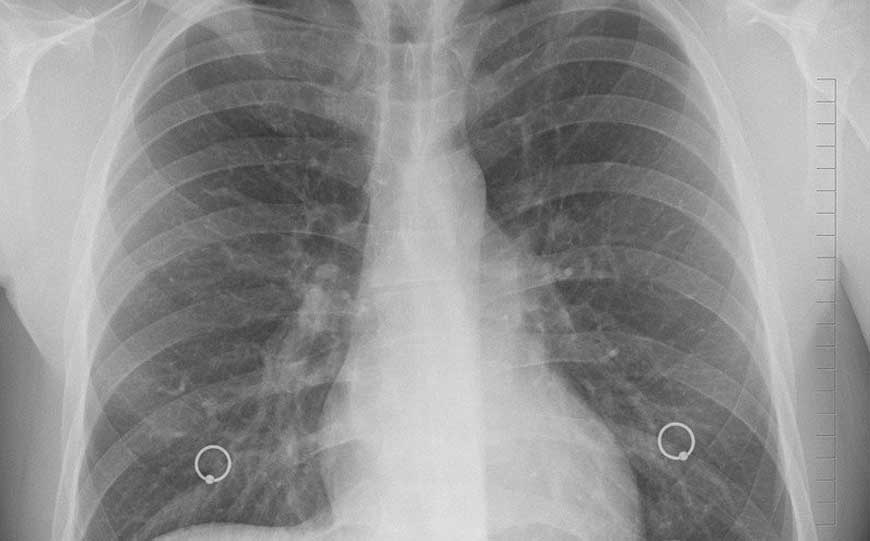
Image source: https://pixabay.com/photos/diagnosis-xray-chest-lungs-ribs-1476620/
Towards the end of the last century, health problems associated with asbestos exposure began to emerge.
It was clear that this mineral was highly hazardous, and so it was eventually banned in the UK and many other countries.
Asbestos is however still present in various products and buildings, ranging from roofs to pipes, insulation, tiles and even automotive parts, just to mention a few.
If asbestos fibres are released into the air and inhaled, they can lead to a range of health problems, including asbestosis and lung cancer.
While symptoms will not be noticed immediately as they can take several years to develop, the seriousness of the condition will worsen as time goes by.
In fact, when asbestos fibres are inhaled over a period of time or on a regular basis, the damage is even greater.
The fibres will not be able to get dislodged or exhaled, and so they will remain inside the body and cause great damage and numerous health problems over time.
These include shortness of breath often accompanied by a persistent cough, chest pain, crackling sounds in the lungs when you try to breathe in, as well as weight loss and loss of appetite.
How to Identify Asbestos
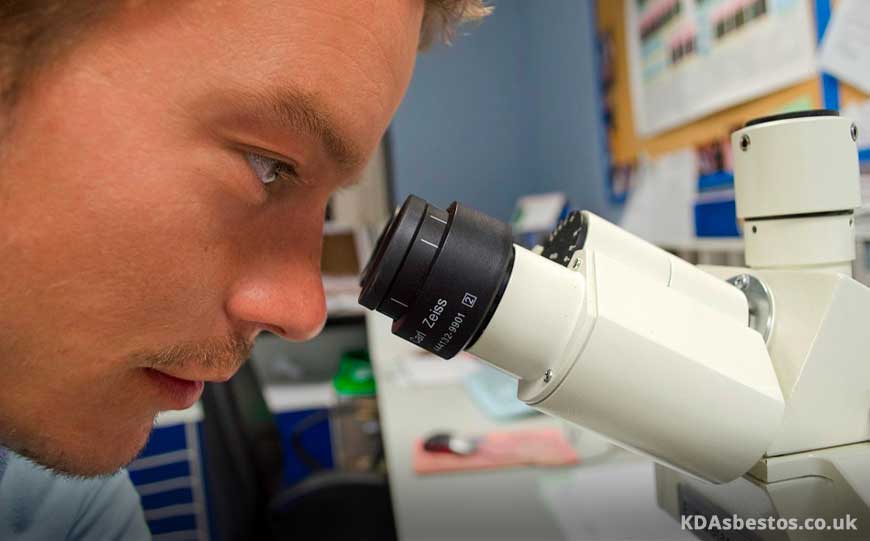
If you have a garage or shed built prior to 1999, it might be that it could contain asbestos roof sheets.
Asbestos unfortunately cannot be seen by the naked eye, as their fibres are microscopic.
To be completely certain whether there’s asbestos present or otherwise, you would need to have an asbestos survey carried out.
This would then be followed by laboratory tests done on samples collected onsite.
But here are some pointers which could indicate the presence of asbestos, especially on a garage roof:
Corrugated Roof
If the roof is made from a corrugated grey material, there is most probably asbestos present.
Flat or corrugated cement sheets which include small dimples or craters on the surface area have a high possibility of containing asbestos.
Boarding Panels
If there’s boarding panels fixed to the outside of the garage or shed, which are highly weather-resistant, they may also contain asbestos.
Do I Need an Asbestos Survey?
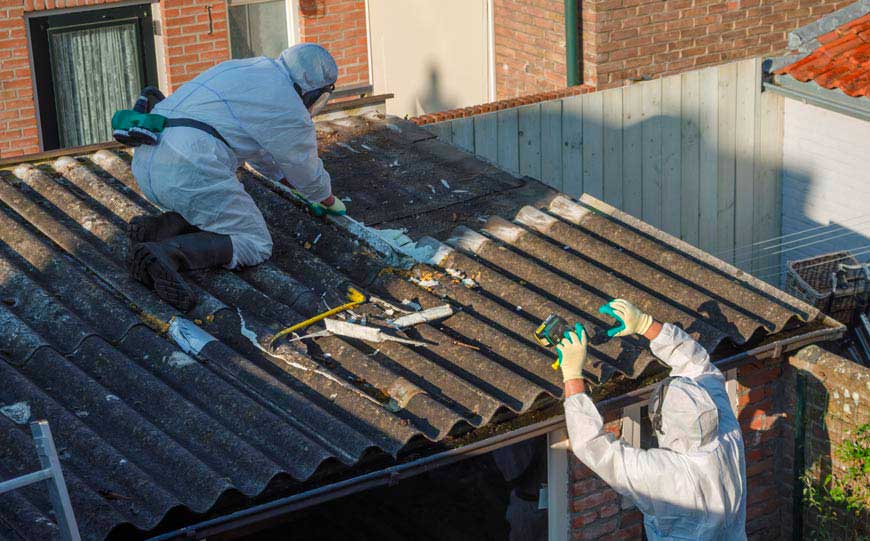
To be completely sure whether asbestos is present in your garage, it’s highly recommended to have a professional carry out an asbestos survey.
A sample of the roofing material will be taken and analysed in a lab to check for the presence of asbestos fibres.
If your garage was built prior to the year 1999, it is a good idea to have an asbestos survey carried out prior to carrying out any demolishing or other works on your garage.
The asbestos survey will also offer information about the type of asbestos present and the amount.
This can then lead to good decisions on how to best tackle any planned works on your garage, to make sure that everything is as safe as possible.
Is an Asbestos Garage Roof Dangerous?
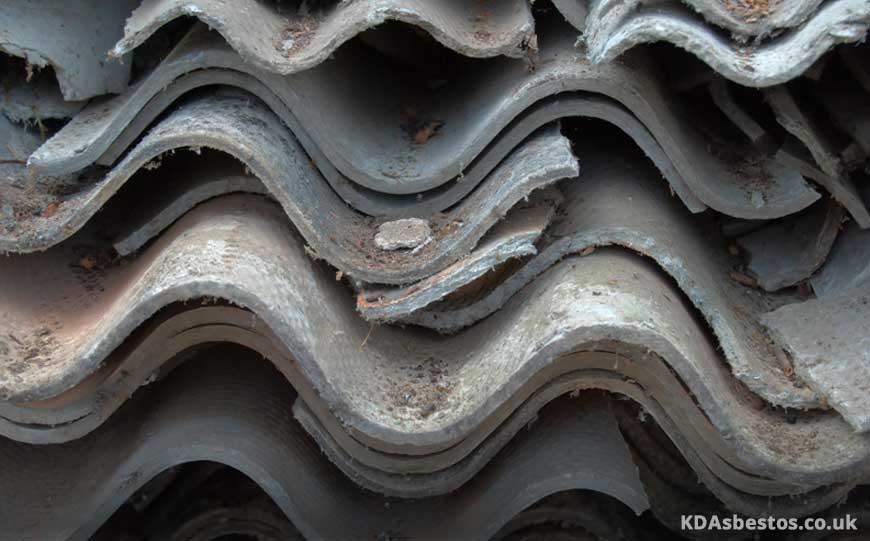
As long as you do not notice any signs of damage or deterioration with the roof that will make the material become “friable”, then you do not have to be concerned about it.
Asbestos roofs are very resistant and you should not notice any signs of wear for at least 50 years.
The thicker roofing sheets that are around a quarter of an inch in thickness can last even up to 80 years.
However, if you notice any signs of deterioration over a period of time, such as increased brittleness, you should be careful.
In such cases, the material will have become more friable, so there is a higher possibility for asbestos fibres to become exposed and air-borne.
Having said that, in most cases asbestos fibres only account for around 10% of the composition of cement products used for roofs.
Hence, even then asbestos garage roofs are considered to be relatively low risk.
When to Remove & Replace an Asbestos Garage Roof
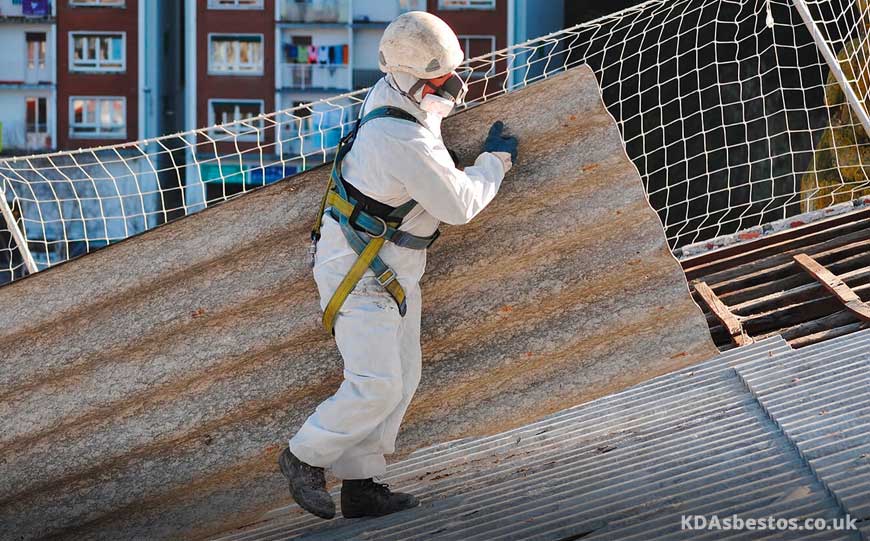
If your garage roof looks worn or is damaged in some way, it is not recommended that you carry out any repairs.
Apart from being troublesome, it could also be hazardous in case asbestos is present.
Also, in case your garage roof has started to leak, you should consider removing and replacing it for a safer and more modern roof.
When to Encapsulate an Asbestos Garage Roof

In some cases it may be better to encapsulate an asbestos garage roof rather than remove it.
This needs to be decided on a case by case basis, and a professional asbestos contractor will be able to advise on the best option.
Encapsulation refers to a process whereby the asbestos containing materials are sealed so that the sealant will surround or embed the asbestos fibres, and hence they will not be released.
The bridging encapsulant will create a membrane on the surface area, whereas a penetrating encapsulant will penetrate the material and bind all the components together.
Asbestos encapsulation is advisable in cases when the asbestos containing materials are considered to be more dangerous to remove.
It is also recommended in cases when the extent of the damage or level of deterioration of the roof makes it more feasible to encapsulate rather than remove.
The type of asbestos present and its quantity might also affect the decision.
The location and ease of access might also impact the decision.
Can I Remove an Asbestos Garage Roof Myself?
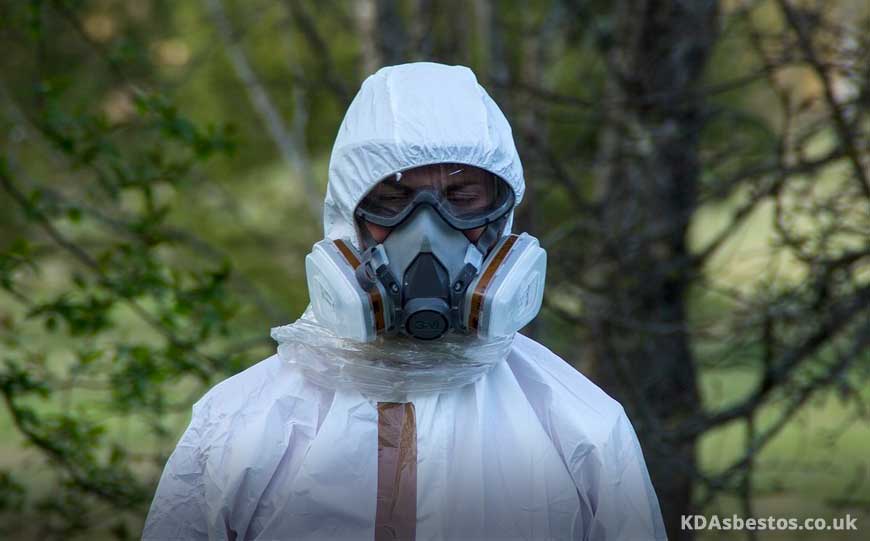
Since asbestos is very hazardous, the process of asbestos roof removal needs to be carried out very cautiously and following strict measures.
Plenty of preparation will also need to be carried out prior to starting the work itself.
A trained asbestos removal team will be wearing appropriate safety gear, and cover all areas for protective purposes.
Barriers will be set up to seclude the area where the work will be carried out, and keep any people from approaching or entering the area.
During the asbestos removal process, it is very important to keep moisture levels high to reduce the amount of dust from being released into the air, as this will contain asbestos fibres.
For this reason alone, the usage of sprayers with a special liquid is utilised.
The asbestos sheets will be carefully removed and other debris needs to be collected and properly disposed of.
The area will need to be carefully cleaned up afterwards.
Chances are that it did not occur to you that you would have to incur expenses in order to have your garage roof removed and replaced.
If you are a DIY enthusiast, you may be used to carrying out certain home jobs and repairs yourself, partly to save money.
But in the case of an asbestos garage roof you should think twice.
While asbestos garage roofs may not include high proportions of asbestos fibres, it is still a dangerous job with potential health hazards.
The asbestos removal should be left in the hands of a professional and licensed asbestos contractor who would have the necessary tools and expertise on how to remove and dispose of asbestos safely.
You should also be aware that there are very strict guidelines to be followed to remove and dispose of asbestos.
These are intended for safeguarding our health as well as preventing asbestos contamination.
In fact, while it is not recommended to carry out any asbestos removal work yourself, there is a concession for a homeowner to remove only cement bonded asbestos present in roof sheets.
Having said that, it is better to leave the job in the hands of a professional licensed asbestos contractor to be safe on all grounds.
Safe Disposal of an Asbestos Garage Roof
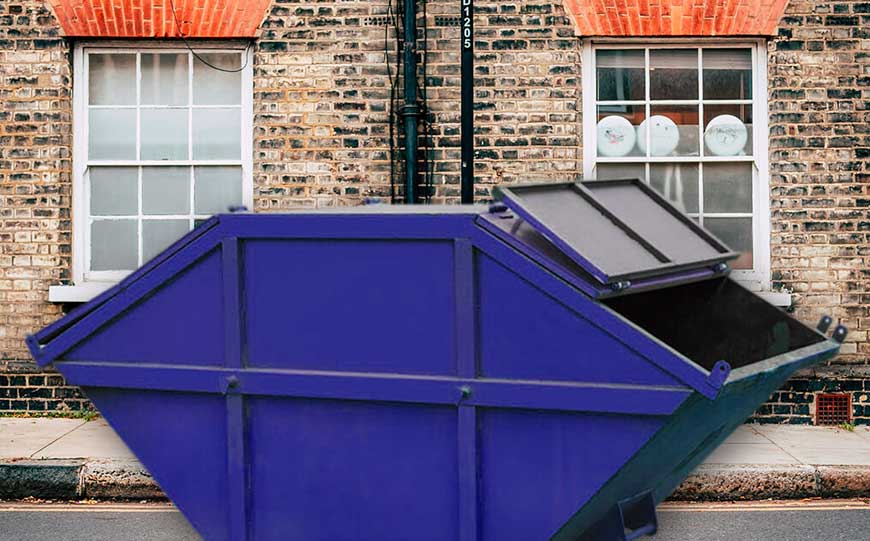
Asbestos waste will need to be carefully disposed of, and there are special sites where it will need to be taken so that it is disposed in designated asbestos skips.
The panels or roof sheets should be carefully wrapped in plastic sheeting and the smaller pieces and other debris will need to be placed in special heavy duty plastic bags.
Conclusion
Asbestos garage roof removal is a specialised process that requires great care and plenty of safety precautions and measures.
So if you suspect that your garage roof may contain asbestos, it is best to contact a professional asbestos team to carry out an asbestos survey and take care of the removal.
Don’t risk your health just to save a few pennies!